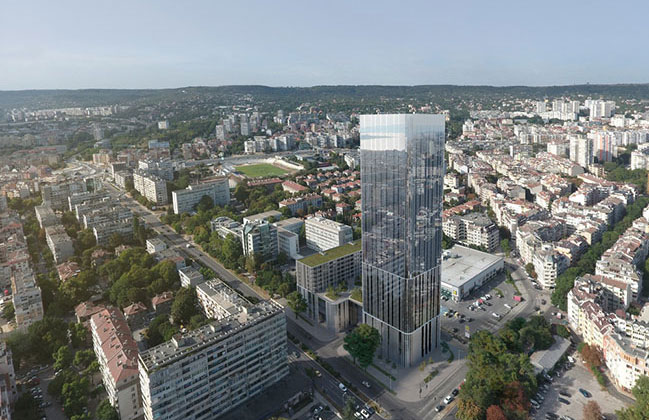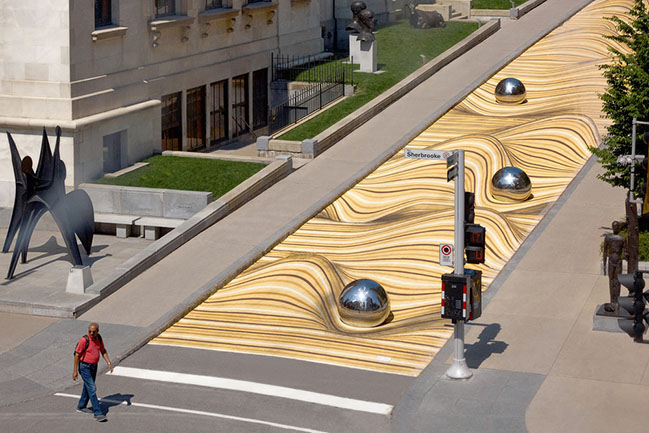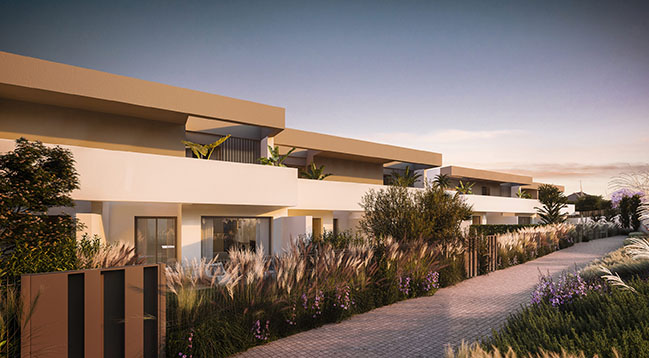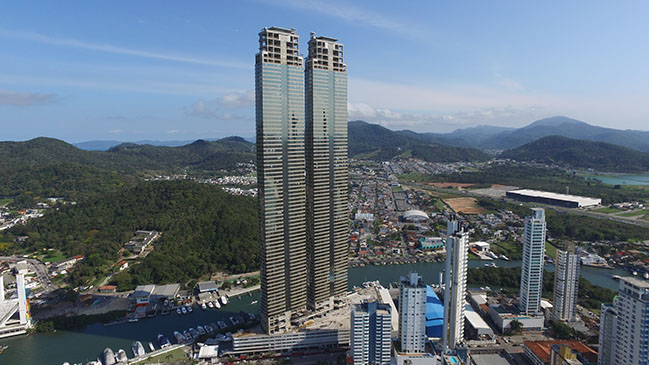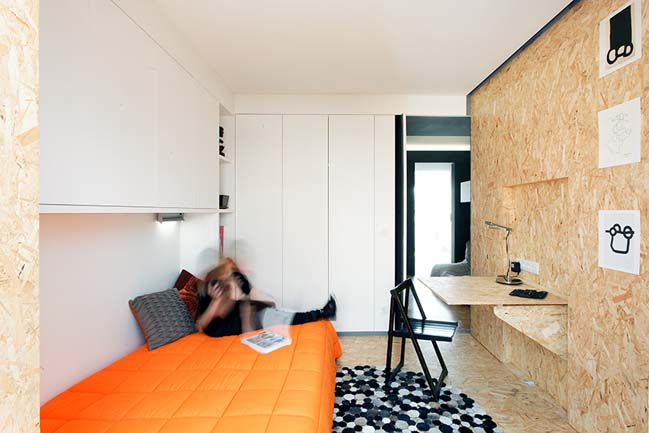11 / 11
2020
Designed by BIG-Bjarke Ingels Group and Kilo Design, Virgin Hyperloop’s Pegasus pod made history in the Nevada desert as it successfully carries its first passengers in the newest form of travel in over a century.
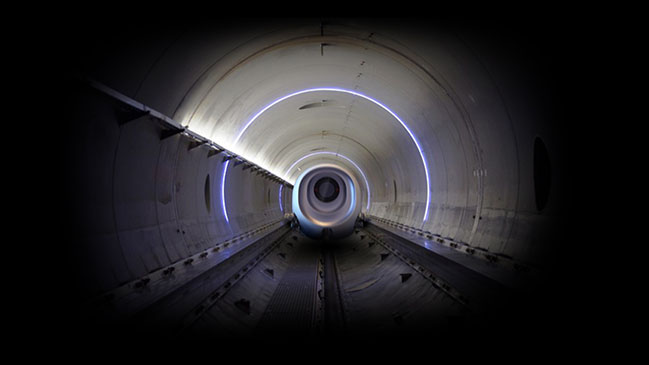
Image by BIG-Bjarke Ingels Group
Virgin Hyperloop partnered with BIG and Kilo to design Pegasus, or ‘XP-2’, a new vehicle typology for an autonomous transportation system to achieve hyperloop travel at the speed of over 1,000km/hour, the fastest form of land-based travel. After over a year of close collaboration, the first passengers trial this new form of transportation at Virgin Hyperloop’s 500m DevLoop test site in Las Vegas, where the company has previously run over 400 tests in un-occupied pods.
The demonstration was overseen by the industry-recognized Independent Safety Assessor (ISA) Certifier, and its success marks a historic moment in transportation as Pegasus becomes the first manned and fully functional system for Hyperloop travel.
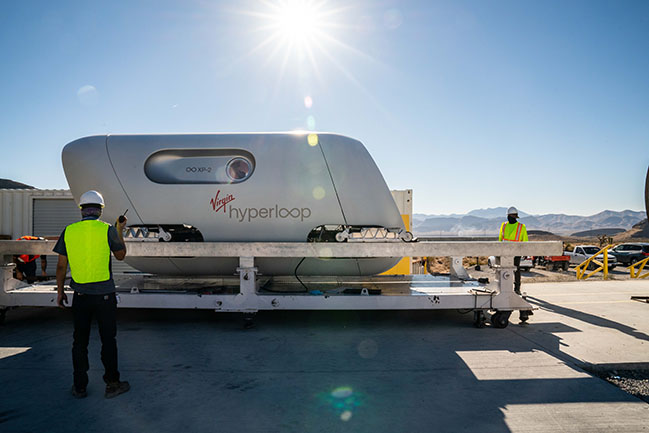
Image courtesy of Virgin Hyperloop
BIG and Kilo’s role in Pegasus was to design for this first use case while also defining the design language and characteristics for future Virgin Hyperloop vehicles. While the production vehicle will be larger and seat up to 28 passengers, this 2-seater pod was built to demonstrate that passengers can in fact safely travel in a Hyperloop vehicle.

Image courtesy of Virgin Hyperloop
Pegasus is conceived as a pressurized vessel designed inside and out as a new and radically different vehicle typology. The design focuses on unifying and covering both the pressure vessel and sled, creating a seamless appearance that combines both performance and human-centered characteristics.
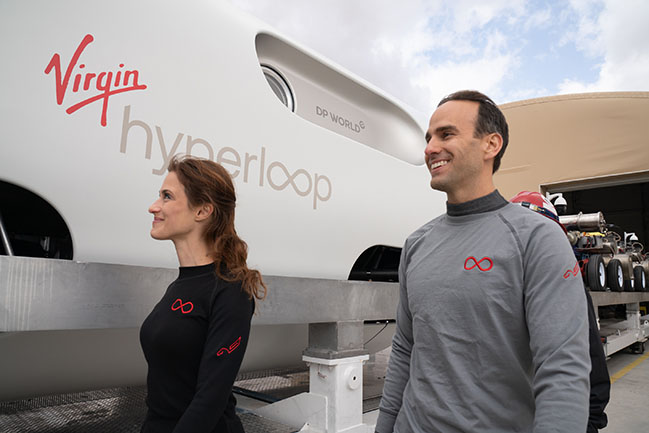
Image courtesy of Virgin Hyperloop
Since Hyperloop travel exists in a near vacuum environment, the need for aerodynamics becomes minimal, leading to a sleek design without the need for aerodynamic features. This environment makes the transportation system much more energy efficient than traditional rail transit. It’s engineered with magnetic levitation and avoids the drag of wheels, allowing for the maximum amount of speed to move the maximum number of passengers or cargo. Pegasus pods move individually as well, with a high arrival- and departure-rate allowing for on-demand travel.
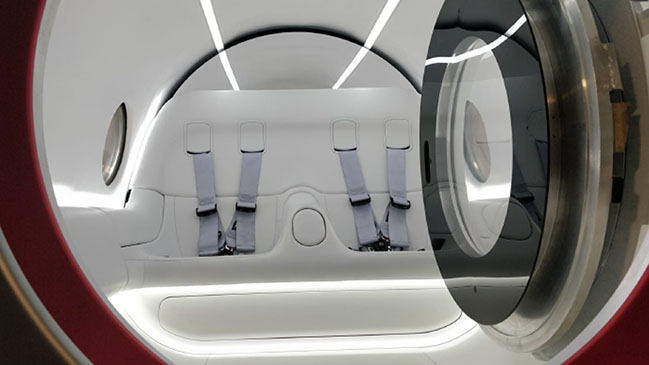
Image courtesy of Virgin Hyperloop
The front ‘scoops’ of the vessel create natural steps for comfortable entry and egress, and apertures on the sides of the fairing as well as the front door contain a forward-facing window for outward viewing down the tunnel. Altogether, these features create a link to Pegasus’ external design, where repeating soft forms and pill shape cut-outs are used to highlight depth, layers and entryways. Inside, the seating elements and extended arms serve multiple functions including as an entry and egress aid, and as storage for safety equipment, oxygen throughput and lighting.
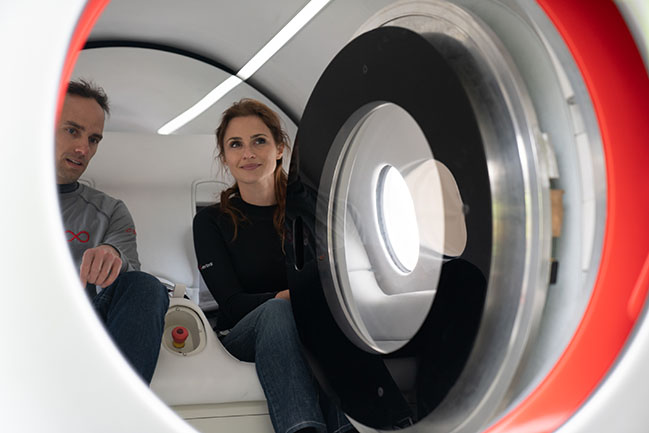
Image courtesy of Virgin Hyperloop
The seats can also be quickly assembled and disassembled for rear equipment access. Having undergone a rigorous and exhaustive safety process, Pegasus demonstrates many of the safety-critical systems that will be found on a commercial Hyperloop system and is equipped with a state-of-the-art control system that can detect off-nominal states and rapidly trigger appropriate emergency responses.
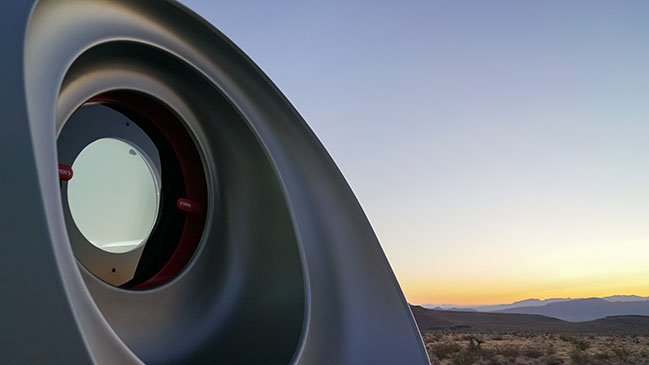
Image courtesy of Virgin Hyperloop
The 6m2 interior is custom-built with occupant safety and comfort in mind, with the necessary safety equipment and controls built into the furniture. This announcement follows significant momentum on the regulatory front, when last month, Virgin Hyperloop unveiled West Virginia as the location for the Hyperloop Certification Center (HCC), designed by BIG. The advancements at the HCC and the historic safety demonstration achieved with this test paves the way for the certification of Hyperloop systems around the world–the future of time and space, warped by Pegasus.
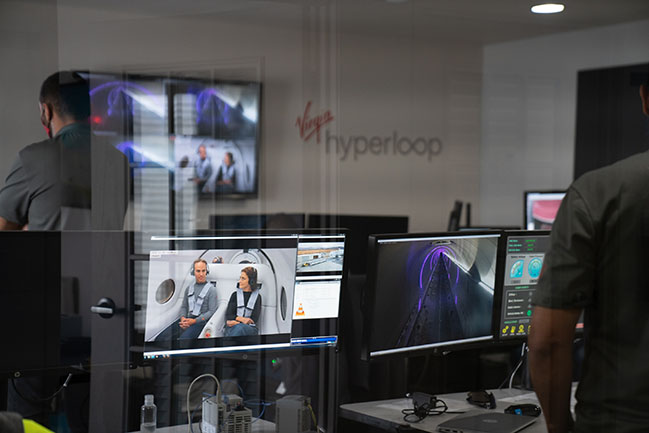
Image courtesy of Virgin Hyperloop
YOU MAY ALSO LIKE:
> Carlo Ratti Associati unveils future urban highways of Paris in 2050
> The World's First Urban Self-Driving Cafe by CRA-Carlo Ratti Associati

Image courtesy of Virgin Hyperloop
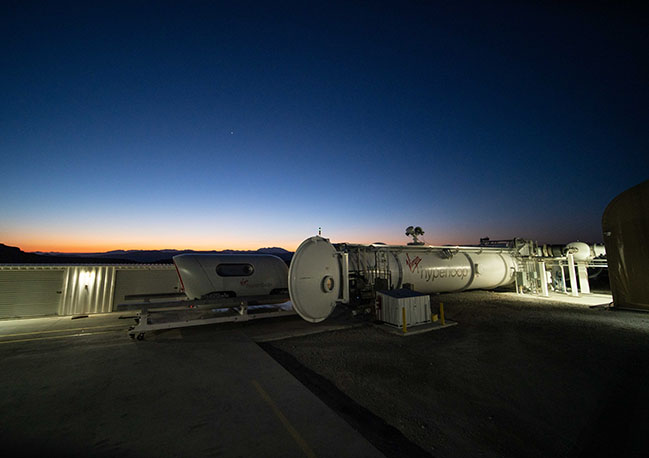
Image courtesy of Virgin Hyperloop
Virgin Hyperloop Pegasus by Bjarke Ingels Group and Kilo Design
11 / 11 / 2020 Designed by BIG-Bjarke Ingels Group and Kilo Design, Virgin Hyperloop's Pegasus pod made history in the Nevada desert as it successfully carries its first passengers...
You might also like:
Recommended post: Refurbish apartment 50sqm for rent by UMA Collective

